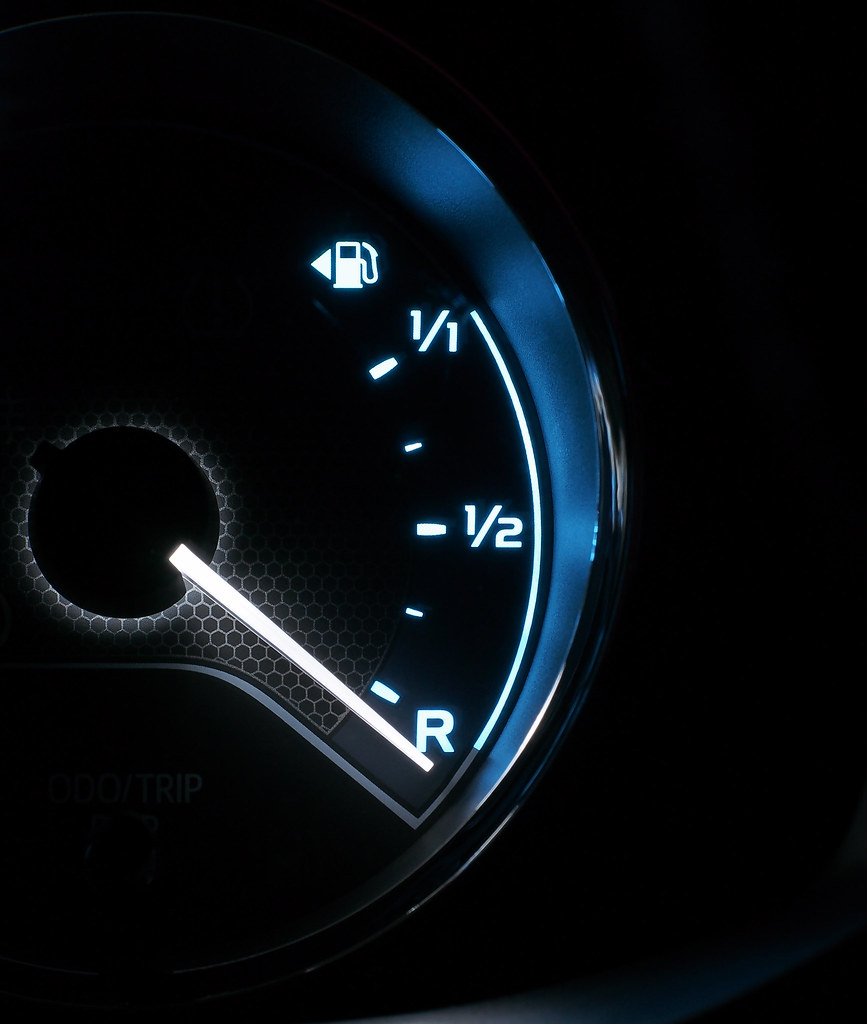When you drive defensively, you’re on guard and ready for anything. You are careful while being eager to take action rather than entrusting your fate to other drivers. According to the US Department of Transportation, 90% of all collisions are caused by driver error.
Following these defensive driving suggestions may help you avoid an accident:

1.) Think safety first.
Avoiding aggressive and inattentive driving behaviours can help you better deal with other drivers’ bad driving. Allow a fair distance between your vehicle and the car ahead of it. Always lock your doors and use your seatbelt to safeguard yourself from being ejected from the vehicle in case of an accident.
2.) Be aware of your surroundings; pay attention.
Always check your mirrors frequently, 20 to 30 seconds ahead of time. Keep your eyes moving. If you notice that a vehicle is driving erratically, slow down or pull over to avoid it. If the driver is driving in such a manner that you are concerned, try to get off the road by turning right or taking the next exit if it is safe to do so. Also watch for pedestrians, cyclists, and animals on the road.
3.) Do not depend on other drivers.
Take into account the feelings of others, but look after yourself. Don’t take it for granted that another motorist will move aside or let you join in. Assume that other drivers will run red lights and stop signs and be prepared to respond. Expect the worst-case scenario and plan your actions accordingly.

4.) Follow the 3-to-4-second rule.
The 3-to-4-second rule is a method to measure the distance between two automobiles while following another car at a constant rate of speed (in miles per hour). When driving in traffic, you should use the 3-to-4-second rule. This technique will allow you to calculate and maintain a safe following distance while also providing adequate time for you to brake if necessary. However, this procedure only works under ideal conditions. For each scenario, such as rain, fog, nighttime driving, or trailing after a large truck or motorcycle, increase your following distance by an additional second.
5.) Keep your speed down.
When the temperature is ideal, your vehicle’s posted speed restrictions apply. It is your duty to make sure that your speed is appropriate for the conditions. Furthermore, if things go wrong, greater speeds make controlling your car that much more difficult. To keep control of your car, you must maintain a safe driving speed.
6.) Have an escape route!
The greatest method to avoid potential risks while driving is to position your car where you have the greatest chance of seeing and being seen in all types of circumstances. It’s also important to maintain a backup route of travel, so make sure there’s an exit strategy—a place to park your vehicle if your current path is suddenly blocked.
7.) Separate risks.
When faced with a number of dangers, it’s best to address them one at a time. Your aim is to avoid having to tackle multiple risks simultaneously.
8.) Cut out distractions.
Driving is a difficult and dangerous task, so anything that diverts your attention away from it should be avoided. Anything distracting you while driving is a hazard.



